Gracie Jiu-Jitsu, which is also known as Brazilian Jiu-Jitsu, is a variation of Judo that was created by Helio Gracie in the early 1930s adapted from Mitsuyo Maeda, a black belt in Kodokan Judo, or what was known at the time as Kano Ryi Jiujitsu. Maeda was a student of many styles of Japanese jiujitsu but preferred groundwork more than standup fighting. Helio Gracie himself was born in the Brazilian city of Belem on October 1, 1913. When Helio was just a year old, his older brother, Carlos Gracie, became a Judo student under Maeda. This is the birth of Brazilian Jiu Jitsu. Carlos was known to get into fights at school, so his father thought that this could be a good way to release his aggression in a more constructive manner.
Helio, meanwhile, was a fairly frail child, who was known to have fainting spells come on from just running up a flight of stairs. By the time he was 14 years old, he had moved to Rio de Janeiro to live with his brothers, Carlos and Jorge. Even though he wanted to learn Judo himself, his doctors had told him that he should only watch his brothers. By now, Carlos was teaching Kano Judo with an emphasis on groundwork called “newaza”, which was still called Jiu-Jitsu in Brazil until the 1950s, to others in the city from the original Gracie Academy.
He watched his older brothers quite carefully, and this would pay off at the age of 16, when Mario Brandt, a director of the Bank of Brazil, came in for a private lesson. Carlos was running late, so Helio decided to teach the class himself. When Carlos finally arrived, Brandt said that he’d much rather continue learning from Helio.
The Rise of Gracie Jiu-Jitsu
Helio soon realized, however, that his relatively weak physical build didn’t allow him to use some of the techniques that traditional Judo required. Using his knowledge of Judo vs Jiu Jitsu, and American “catch wrestling”, he began to develop a form of martial arts more based on newaza, or ground fighting, techniques. This allowed a smaller, weaker opponent to be able to take down a larger opponent. He emphasized timing and leverage over speed and brute force. In just three years, he had used these techniques to develop Gracie Jiu-Jitsu alongside his brothers.
Helio made his fighting debut in 1932 against boxer Antonio Portugal. It was considered a boxing vs. Jiu-Jitsu event. Some sources claim that the fight was over in just 40 seconds with Helio the winner. His first win in a judo vs jiu jitsu match came two years later. He had a storied sporting career lasting three decades, including some controversial losses. Helio took a devastating defeat and a broken arm from famed judoka, Masahiko Kimura at the Maracanã Stadium in Rio de Janeiro on October 23, 1951. His last and most famous fight before retirement was with former student Waldemar Santana in 1955. This fight lasted a full 3:40:00 with Santana the eventual winner.
Emerging Out of Brazil
Although Gracie Jiu-Jitsu was well known within the martial arts community, it was seldom taught outside Brazil until Carlos’ son, Carley Gracie, started teaching in the United States in 1972. Six years later, Helio’s oldest son, Rorion, also came to the US. As Gracie Jiu-Jitsu grew in popularity through the 80s and early 90s, Rorian and his brother, Royce, founded the Ultimate Fighting Championships in 1993. Royce was the first UFC Champion that year, and he was trained by Helio, who appeared ringside.
Today, there are four schools of Gracie Jiu-Jitsu and two major international federations for the sport. Helio managed to see his creation achieve worldwide acclaim, and he was still teaching without any difficulties until the end of his life. He died on January 29, 2009, in the Brazilian city of Petropolis at the age of 95. Although most masters of Gracie Jiu-Jitsu are still either American or Brazilian, the sport is catching on worldwide, and it could become an Olympic sport in the near future.

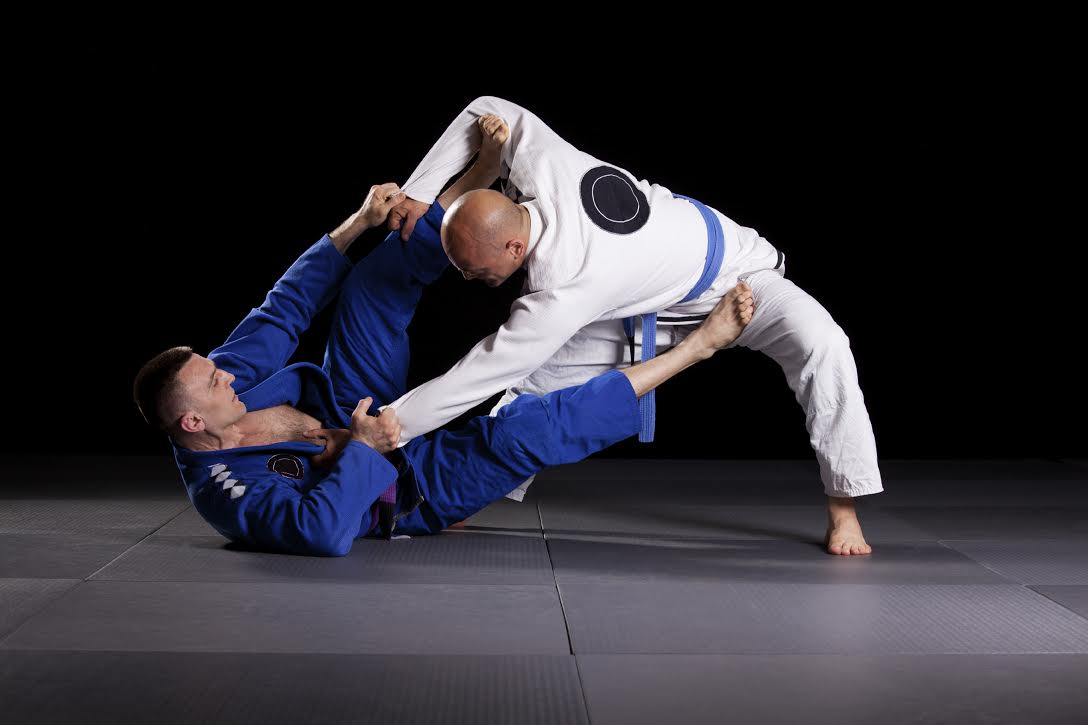
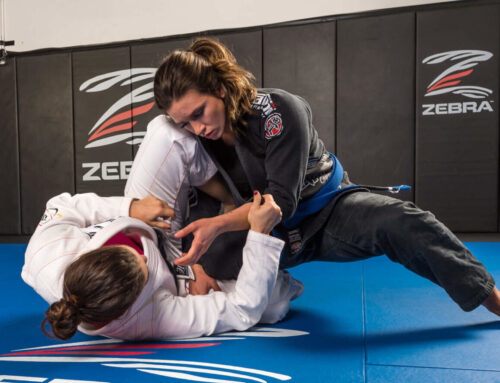
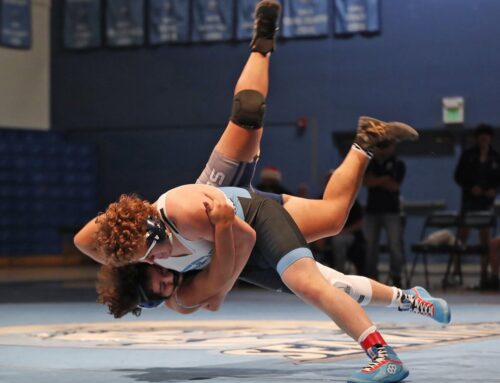
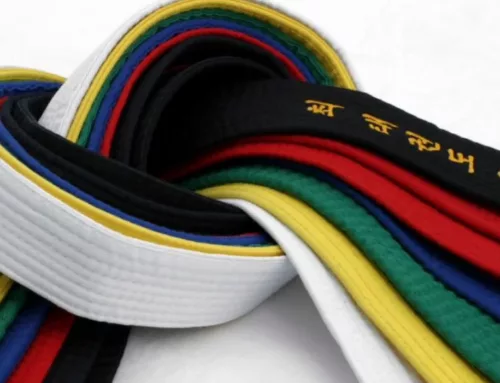
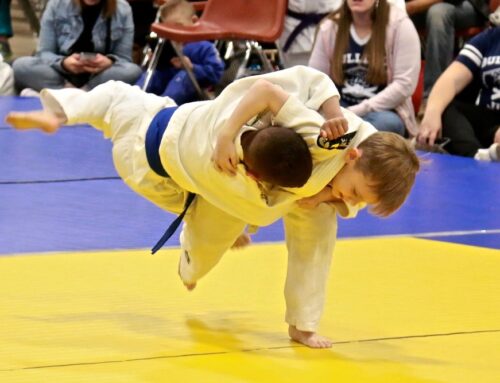
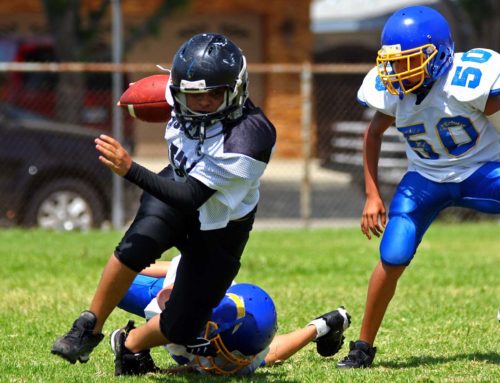
Leave A Comment